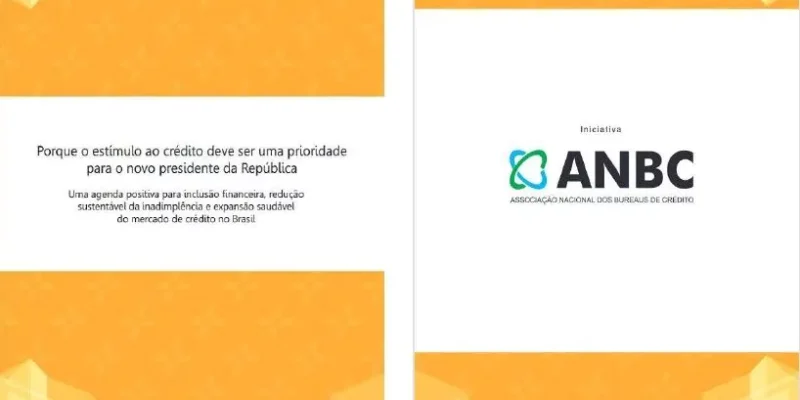Published: https://telesintese.com.br/
Bureaus and telecommunications: challenges and opportunities
With the integration of telecom data into the Positive Registry, around 15 million people and companies are now visible to credit. The next step is to develop intelligence to be applied to the sector.
Collaboration between credit bureaus and the telecommunications sector reached a new level in 2021, when data from this sector became part of the Cadastro Positivo (CP) database. This integration represented a major step towards financial inclusion in the country, giving visibility to consumers who, until then, were invisible to the financial system. This was possible thanks to the modernization of the Positive Registry, which will be five years old in 2024.
Financial inclusion has become a global agenda, driven by international organizations and central banks in various countries. Data from the World Bank allows us to follow the evolution of “bankarization” around the world since 2011. The latest report, for 2021, showed a significant increase in the percentage of “banked” Brazilians, from 55.9% to 84.0%. Similar progress was seen in the world average, which rose from 50.6% to 76.2%. However, “bankarization” is only the first step towards effective inclusion. Full access to more complex financial services, such as loans and financing, requires the maturing of credit information.
Reducing information asymmetry is the fundamental problem of the credit market. Institutions that grant credit need to have a minimum knowledge of the history of potential borrowers in order to control the risk of operations. The lack of a previous relationship with the financial system can fuel exclusion, creating the phenomenon of credit invisibility. In these cases, information from other sectors is fundamental to breaking this cycle, giving visibility to consumers who have little history with banks and an established history with service providers.
That's what we've seen. Since information from the telecommunications sector became part of the CP, around 15 million consumers and companies that were outside the financial system have been evaluated by their telephone and internet payment history, making them visible for credit. This visibility allows the financial system to offer fairer credit conditions, given the information available. What's more, it creates a stimulus for punctual payment, directly benefiting the sectors that share credit data.
The time is now to discuss how the use of this data can further enhance the positive impact on credit and identify new synergies between the sectors. In order to generate value in the credit process and other business operations, the raw and increasingly voluminous information needs to be submitted to technological tools in order to be efficient and add intelligence to the models, bringing effectiveness in terms of predictive capacity.
As well as being efficient and effective, the process must be secure in the sense of respecting data protection. This has required a very close relationship between the business and legal areas. This is fundamental, as the modernization of the Positive Registry in Brazil was born in line with the spirit of the LGPD and the Consumer Protection Code.
The process of integrating information from telecommunications operators with the bureaus has brought important lessons. The starting point involved technical forums with the aim of aligning expectations about the availability of information, the quality indicators of the data sent, as well as the frequency of sending. The quality and variety of data has an impact on the efficiency of the models and paves the way for other applications that go beyond credit risk.
The wealth of data from the telecommunications sector makes it possible to make inferences about the type of economic occupation and improve assumed income models. This type of analysis, as well as being fundamental for granting credit, enriches the offer of products and services, allowing for a personalized approach anchored in the client's profile.
The applications also cover credit recovery. Given that a delay has occurred, what are the chances of recovering a customer within a given time horizon? Combining data from specific sectors with data from bureaus helps answer this type of question, improving recovery success rates. Fraud prevention is another topic that affects many industries and can benefit from combining data.
Looking to the future of the partnership between the bureaus and the telecommunications sector, the assessment is that there is room to expand integration in two directions. The first is to deepen the positive externalities of financial inclusion. As well as representing an economic boost, sharing data strengthens the image of the sectors involved due to its social impact. The other direction is the development of intelligence to be applied to the telecom sector, targeting not only credit analysis and recovery, but also fraud prevention and capture, customer loyalty and customized service offers.
The country is experiencing an important moment of convergence between the regulatory agenda and technological possibilities. Legislation's recognition of the need to broaden the scope of credit information and protect sensitive data has come at a good time, bringing the Brazilian market into line with international best practices and paving the way for innovation.
Thanks for reading! Access other content at ANBC website.
By: Elias Sfeir President of ANBC & Member of the Climate Council of the City of São Paulo & Certified Advisor




